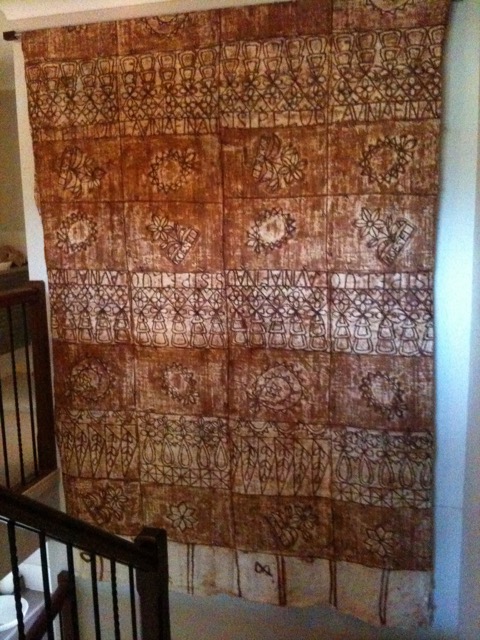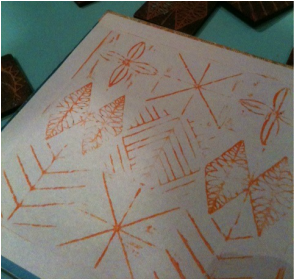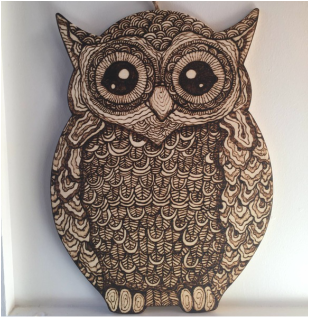The story cloths origin ...
The original story cloth was initiated at Uluru, Australia 2012.
I was invited to facilitate a creative, thearpeutic activity for a womens healing camp, lead by Denise Greenaway.
This is where I brought all my skills and knowing together and I designed a specific creative activity to tie in with the work we were doing and this where the seed for story cloth was planted.
Other origins that inspire a story cloths creation ...
Nanas gift - Original Tongan tapa clothMy grand -parents ( Richard and Hazel Seddon ) once hosted the King of Tonga at their motels in the 1960's in Geraldine, New Zealand. Soon after this, grandad mentored two young Tongan men in his building buissness. The young men returned to Tonga , and when they later revisited New Zealand, this large tapa cloth was gifted to Nana and Grandad as a thank you gift.
I would often go back to visit New Zealand and be with my relatives to ground and reconnect. This beautiful tapa cloth was then handed over to me from my Nana not long before she passed away. She was very fond of the South pacific, as am I. I treasure this cloth immensley. Seen in this image, it hangs on my wall and when the breeze catches it and it wafts gently, Iam reminded my dear Nana as her spirit lives on through the cloth. I learnt a great deal about Tapa when I went to see the "Talking Tapa" Pasifika Bark Cloth in Queensland exhibition at City Hall in 2009. "Tapa is a pan pacific material that acts as both a tangible and intangible cultural marker. The tangible cultural heriatge refers to the physical characteristics of each type of object and its decorative elments along with provenance ( written recorded history and documentation )." "Talking Tapa" , Curated by Joan G .Winter, pg 8, 2009. |
Textiles Age old everyday storytelling through textiles, cloth and pattern are an anchor in sustaining beleifs, values, and our identity.
For thousands of years and across many cultures, traces of the cloth maker and marker have been embedded in textile cloths as both patterns and symbols that convey personal values, likes, loves and traits. The presence of recognizable motiffs can act as markers - as a punctuation in the biographie's of the person making them. When I left Highschool on Sunshine Coast, I began work in a clothing boutique. It was during this time that I learnt of my love for textiles and clothing. I went back home to New Zealand and studied clothing and textile design, history of textiles and costume. This is where my love and appreciation of textile art and cloth began. |
Traditional technique of the Pacific Tapa cloth:Bark cloth: ( Commonly known as tapa cloth) is a Pan Pacific traditional art form and is largely a communal womens acitivity.
Tapa cloth is made from the bark of a mulberry tree. The bark is pounded so it spreads into a cloth. It is bleached by the sun and the strips are joined using arrowroot paste. Tradutional dyes are made of clay which is aged for up to ten years and mixed with juices of trees and cocnut palms. Designs and symbols are created by placing the cloth over a carved wooden block and rubbing the surface with dyes. Patterns represent various aspects of the islands way of life. |




